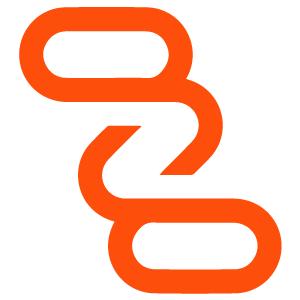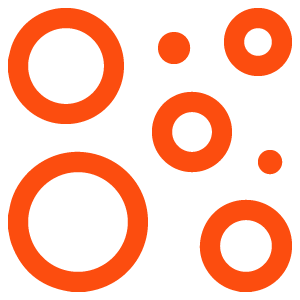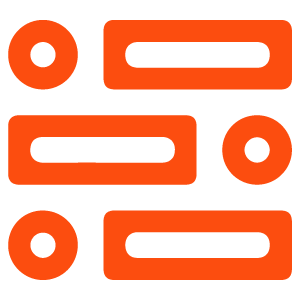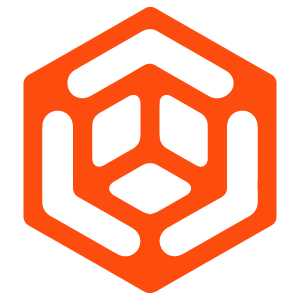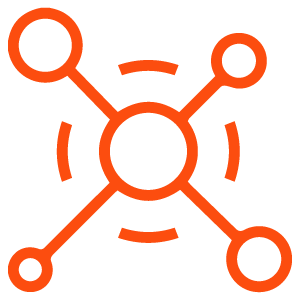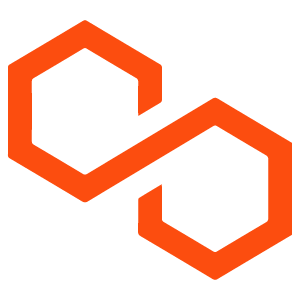#Feel #free #modify
In an increasingly diverse world, the concept of personalization has gained paramount importance across various sectors—education, workplace environments, digital experiences, and more. Whether it’s modifying a template, adapting a piece of software, or even tailoring a lesson plan, the message is the same: feel free to modify them according to your needs. This phrase encourages individuals to embrace customization and make tailored adjustments that resonate with their unique requirements. In this article, we’ll delve into the implications of this philosophy, explore its applications across different fields, and provide practical tips for effective modification. We will also answer some frequently asked questions to consolidate your understanding.
The Philosophy of Modification
At its core, "feel free to modify them according to your needs" encapsulates the ethos of flexibility and adaptability. The belief that one-size-fits-all solutions can often lead to dissatisfaction or inefficiency is critical in understanding this philosophy. From personal preference in lifestyle choices to professional needs like workflows, adaptation is a vital tool for improvement and innovation.
Why Modification Matters
-
Enhancing Efficiency: In many cases, pre-packaged solutions are created for the average user. However, what suits one person may not work for another. Modifying solutions enables individuals and organizations to enhance productivity and achieve better outcomes.
-
Personal Satisfaction: Customization fosters a sense of ownership. When we adjust something to fit our desires or needs, we are more likely to connect with it on a personal level, enhancing satisfaction and interest.
-
Fostering Creativity: When people are encouraged to make modifications, they engage their creativity. This can lead to novel solutions that could not have been conceived by strictly adhering to existing frameworks.
- Better Learning Outcomes: In educational settings, modification allows educators to adapt their teaching methods and materials to cater to different learning styles and paces, resulting in improved comprehension and retention.
Sectors That Benefit from Modification
1. Education
In the educational sector, modification can take various forms—from curriculum adjustments to teaching methods. Educators often use generic lesson plans or textbooks as a starting point. However, adapting these materials to meet the specific needs of their students can lead to significantly improved learning experiences.
For example, teachers might modify assessments to accommodate students with different abilities, ensuring that everyone can demonstrate their knowledge effectively. Furthermore, digital platforms like learning management systems allow for significant customization in terms of content delivery and student engagement analytics.
2. Workplace
In a professional context, the importance of modification becomes paramount as well. Companies increasingly recognize the value of tailored workflows and systems. For instance, project management tools such as Trello or Asana often come with templates designed for standard use. However, modifying these templates to fit a team’s communication style, project complexity, or even aesthetic preferences can yield better collaboration and productivity.
Employees may also benefit from flexible work arrangements. Companies that allow workers to modify their schedules or workspaces tend to foster higher levels of employee satisfaction and retention.
3. Technology
In the realm of technology, software and applications are designed with user-friendliness in mind. However, allowing users to modify settings, interfaces, or functionalities enhances the user experience considerably. For instance, many applications now offer customizable dashboards, enabling users to prioritize features they find most relevant.
Open-source software exemplifies this modification philosophy, allowing developers from around the world to contribute to its evolution. This collaborative approach results in robust, adaptable solutions that can be tailored to meet diverse needs.
4. Health and Wellness
Personalization in health and wellness can profoundly impact an individual’s journey toward better health. From fitness regimens to dietary plans, modification is key. Personal trainers often adapt general workouts based on a client’s fitness level, preferences, and goals. Similarly, nutritionists design meal plans tailored to specific dietary needs or allergies.
Apps like MyFitnessPal or Noom illustrate the importance of tailoring health plans to individual users, allowing customization that resonates with users’ lifestyles and preferences.
How to Effectively Modify Solutions
The ability to modify existing solutions is an essential skill in any context. Here are some actionable tips for effective modification:
-
Assessment: Evaluate the current system or solution. Identify areas that don’t meet your needs, and articulate what you hope to achieve through modification.
-
Gather Information: Research available tools, resources, or templates that can serve as a foundation for modification. Understanding what’s out there helps inform your decision-making.
-
Make Incremental Changes: Rather than overhauling an entire system at once, consider making small, incremental adjustments. This approach allows you to test and evaluate the impact of modifications progressively.
-
Solicit Feedback: Engage stakeholders in the modification process. Feedback from users can provide critical insights into how effective the changes have been and whether further adjustments are necessary.
-
Document Changes: Keeping track of what has been modified and why can help in future assessments. Documentation can also aid others who may want to adopt or adapt your customized solutions.
- Stay Open to Further Modifications: The process of modification is ongoing. As needs evolve over time, remaining adaptable and open to additional changes is crucial for sustained success.
Challenges of Modification
Despite its many benefits, modifying existing solutions does come with challenges:
-
Resistance to Change: People often resist modifying established processes, particularly if they perceive them as effective. It’s essential to communicate the benefits clearly to encourage buy-in.
-
Overcomplication: In some instances, over-customization can lead to a convoluted process that complicates rather than eases. It’s crucial to strike a balance between personalization and functionality.
- Resource Constraints: Customizing solutions may require time, expertise, or budgetary resources that might not be readily available. Being strategic about which modifications are worth the investment is essential.
Case Studies
Educational Adaptation
A high school teacher used a standardized science curriculum as a base but modified it to integrate real-world applications by adding project-based learning. This adaptation allowed students to engage more tangibly with concepts, leading to improved performance and interest in the subject matter.
Workplace Flexibility
A tech company implemented flexible working hours based on employee feedback. Team members could modify their schedules to align with peak productivity times, leading to higher morale and increased output.
Health Customization
An individual seeking to lose weight used a generic diet plan but modified it by substituting certain foods and incorporating their favorite recipes. This personalization led to sustained adherence to the plan and ultimately successful weight loss.
Conclusion
The notion of modifying existing solutions “according to your needs” is a powerful philosophy that enhances efficiency, satisfaction, and creativity across various sectors. Embracing the freedom to adapt allows individuals and organizations to create tailored experiences that resonate with their unique goals and challenges.
Though modifying solutions can come with its own set of challenges, the benefits often outweigh the risks. Through careful assessment, incremental changes, and open communication, we can foster environments where modification is not just welcomed but encouraged.
FAQs
1. What types of solutions can I modify?
You can modify a wide range of solutions, including educational resources, workplace systems, software applications, health and fitness plans, and more.
2. How do I start the modification process?
Begin by assessing your current situation and identifying specific areas that need change. Gather information on existing tools or templates, and then make incremental adjustments based on what you find.
3. Is there a limit to how much I can modify a solution?
While there are no hard limits, it’s essential to strike a balance between personalization and functionality. Over-customization may lead to confusion or inefficiency.
4. Can modification lead to improved collaboration in the workplace?
Yes, modifying tools and workflows to better suit your team’s needs can lead to enhanced collaboration, improved communication, and increased overall productivity.
5. What should I document while modifying a solution?
Document all changes made, including the reasons for the modifications and feedback received. This will help track progress and assess the effectiveness of the modifications over time.
In a world that is constantly changing, the ability to modify, adapt, and personalize is not just a necessity; it’s a key to success. So, remember: feel free to modify things according to your needs and enjoy the benefits of truly personalized experiences!
Sure! However, I need a specific article title or topic to create content for you. Please provide the title or subject you’d like me to write about.
